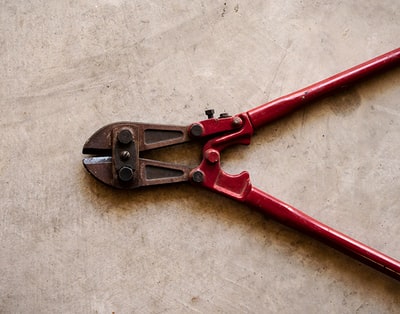If you were to drop a coin and a feather at the same time, which do you think would hit the ground first. Both are similar in size so they have similar air resistance. However, a feather reaches its terminal velocity sooner than a coin which is heavier in weight. In fact, a coin will have hit the ground before it reached it.

——————————————————
Velocity-time graph
A velocity-time graph is a good way of seeing the stages of falling.
The object accelerates at first. This is due to the gravitational force on it. It starts to travel faster. Frictional force acts in the opposite direction to the falling object but is less than the force acting downwards. This means that the resultant force is down.
- As time passes the speed at which the object is accelerating decreases. In other words, although its speed is still increasing it’s increasing by a smaller amount. This is due to the fact that the frictional force is increasing as the speed at which the object travels increases. However, the frictional force is still less than the force of gravity so the resultant force is still acting downwards.
- Where the line straightens out the object is no longer accelerating. It’s now falling at a steady speed: its terminal velocity. The weight of the object and the frictional force are now balanced so the resultant force is now zero.
——————————————————
Speeding up and slowing down
At a steady speed the resultant force is zero. Unless the resultant force isn’t zero, a vehicle will continue at the same speed and in the same direction.
When a vehicle speeds up:
- – The force of gravity and the reaction force coming from the road stay balanced, equal in strength and opposite in direction.
- – The driving force becomes greater than the resistive forces (which include air resistance and the friction between the tyres and the road).
If a vehicle wants to slow down either one or both of the following needs to occur:
- – the resistive forces need to increase
- – the driving force coming from the engine needs to be reduced

When the break is used the breaking force works an additional resistive force. The friction force between the wheels and the breaks increases which:
- – causes the brakes to increase in temperature
- – reduces the kinetic energy of the vehicle as it slows down
 The object accelerates at first. This is due to the gravitational force on it. It starts to travel faster. Frictional force acts in the opposite direction to the falling object but is less than the force acting downwards. This means that the resultant force is down.
The object accelerates at first. This is due to the gravitational force on it. It starts to travel faster. Frictional force acts in the opposite direction to the falling object but is less than the force acting downwards. This means that the resultant force is down.